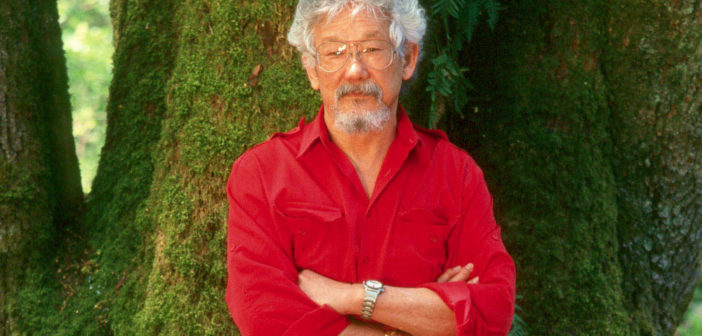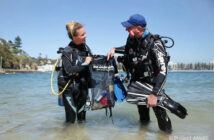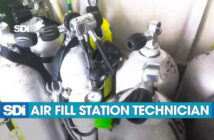The world is on fire. Sometimes it seems not enough people care.
We’re still electing governments that do the bare minimum to address the climate crisis or reject necessary measures altogether. SUVs and trucks are ubiquitous on city streets. People continue to fly everywhere. Some media pundits accuse those who have been warning about ever-increasing global heating impacts for decades of hysteria, alarmism or overreaction.
Industry, governments and banks continue to support and develop coal, oil and gas projects, even though renewable energy options are available for less cost — and research shows we can’t keep extracting and burning fossil fuels if we’re to avert increasingly worse consequences of climate disruption.
Despite global agreements and goals, many people would rather continue as usual, hoping to escape the worst impacts for a few more years, or refusing to believe anything disastrous will occur in their lifetimes. That’s why it’s important for those of us who do grasp the problem to speak up.
If smoke-choked skies and evacuations don’t convince people the climate crisis is real, and costly, maybe insurance companies will. As wildfires tear through Canada, the U.S., Australia, Europe and more, and as floods and rising sea levels erode coastlines and destroy homes worldwide, insurers are noticing.
In Canada, claims for extreme weather events have more than quadrupled over the past 15 years. Insurers expect to pay out C$2 billion and rising every year for disaster-related claims. The 2016 Fort McMurray wildfire alone is estimated to have cost about $9 billion for firefighting, evacuations, industry shutdowns and damage to homes and businesses.
In the U.S., two major insurance companies have stopped offering new homeowner policies in California, partly due to “rapidly growing catastrophe exposure.” Increasingly frequent and intense hurricanes, wildfires and floods have made it difficult to insure homes in Florida, Texas, Colorado, Louisiana and New York.
Even when insurance is available, rates are often skyrocketing, leaving a growing number of homeowners unable to afford insurance. Because many banks won’t offer mortgages without home insurance, ownership and housing markets are being affected. Many insurance companies can’t afford to stay in business.
It will get worse if we don’t do everything possible to address climate disruption. By early June, nearly 10 million acres had already burned across Canada. Normally, only 600,000 acres would burn by then, usually in just one part of the country. Although many fires are sparked by campfires, careless cigarette butt disposal or lightning, climate change is causing hotter, windier and dryer conditions, longer summers, reduced snowpack and more lightning strikes — all of which increase the frequency and intensity of fires.
Increasing wildfires also contribute to further global heating. Because trees and plants remove and store carbon from the atmosphere through photosynthesis, forests are “carbon sinks.” When they burn, carbon is released into the atmosphere, and the burned forests no longer sequester carbon. In 2017 and 2018, wildfires in B.C. emitted more greenhouse gases than all other sectors combined.
The best solution is to do everything possible to halt and reverse climate disruption by getting off fossil fuels and protecting carbon sinks such as forests.
Near-term solutions to prevent forests from burning and to adapt to increasing wildfires are also important. One answer may lie in knowledge and methods Indigenous Peoples have long employed. In April, members of the ʔaq’am First Nation in southeastern B.C. worked with the B.C. Wildlife Service and others on a “prescribed burn” — setting intentional fires to clear out low-lying branches and dead shrubs that can contribute to wildfire spread.
Although prescribed burning carries its own risks, it’s being adopted in many jurisdictions. Other methods to create buffers and breaks around human settlements can also reduce the risk of wildfire damage to homes and property. Using better building materials to withstand fire damage is also necessary, as are better emergency response resources and protocols.
Ultimately, though, unless we take the climate crisis seriously and employ all the many readily available and emerging solutions, we’ll see more fires, floods and extreme weather events. The rising costs will affect everyone from marginalized and remote communities to homeowners to society at large. We can no longer afford incremental change. We’ve run out of time, and nature’s warnings are ever more urgent.
David Suzuki is a scientist, broadcaster, author and co-founder of the David Suzuki Foundation. Written with contributions from David Suzuki Foundation Senior Writer and Editor Ian Hanington.
Learn more at davidsuzuki.org.









